$15.00 Original price was: $15.00.$10.50Current price is: $10.50.
- Free 1 year warranty period
- Effortless solutions, excellent customer care.
- Multiple payment options for secure shopping with SSL
- The Quality Choice for Smart Shoppers

Product Details
Naturalized in forests and meadows across Europe, this charming heirloom is known as the Woodland or Florentine Tulip. Nodding buds on dainty stems open to graceful, golden blossoms with a fragrance reminiscent of Violets. In 1916, the famous American garden writer Louise Beebe Wilder observed “a sweet thing, with the shy grace common to most wild things.” A great performer in the South, Tulipa sylvestris has naturalized beautifully at Thomas Jefferson’s Monticello. Place the bulbs at the foot of a south-facing wall where they can settle in, spreading by underground stolons and forming colonies in the hot, well-drained soil they like. Midseason.
Species Tulips are diminutive beauties ideal for niches in terraces, beneath deciduous trees and shrubs, and in rock gardens. With good drainage and lots of sun, they are especially long-lived.
Tulipa is an enormous genus, consisting of approximately 75 species. Tulips are native to areas including the Middle East and the foothills of the Himalayan mountains. These regions have long cold winters and hot, bone-dry summers, and these are the conditions in which Tulips perennialize (or, in other words, return year after year) most successfully. In North America, it’s difficult, if not impossible, to replicate these climatic conditions, and as a result, we recommend that most Tulips are treated as annuals. Plant the bulbs in fall, enjoy their colorful blossoms in spring, and when the flowers subside, remove the plants, including the bulbs, and compost or discard them. The advantages to this ritual are three-fold: You won’t spend weeks of spring waiting for second- or third-year Tulips that don’t bloom; you won’t spend weeks eyeing yellowing and decaying Tulip foliage in your gardens; and you can look forward to the considerable delight of choosing new varieties, colors, and forms each season to refresh your display.
All that said, there are a few Tulips that are more likely to perennialize than others. Species Tulips, sometimes referred to as “botanical Tulips,” have smaller, somewhat wilder looking flowers than the hybridized goblet forms, but they are more forgiving of milder climates, and they are known to return for two to three years in a favorable site. Long-stemmed, goblet-shaped Darwin hybrids have been bred to offer multi-year performance, and Fosteriana Tulips generally return for up to three years (and sometimes more) under ideal conditions.
Tips for Good Tulip Culture
- In the fall, plant Tulip bulbs in a sunny site with very well-drained soil.
- Plant the bulbs at least 6″ deep so they stay insulated through the winter but remain cool as temperatures begin to rise in spring. (Bulbs that are kept cool in spring tend to blossom for a longer period.)
- Treat most Tulips as annuals. Enjoy the flowers in spring, and when they subside, remove the entire plant, including the bulb, and compost or discard.
- Choose Tulip varieties for next spring, and plant them in fall.
For more information on the growing and care of Tulips, click Growing Guide.
Be the first to review “Tulip Sylvestris” Cancel reply
Related products
Bestsellers
Garden Designs
Foundation Plantings
Early Sellouts
Garden Classics
Garden Classics
Early Sellouts
Early Sellouts

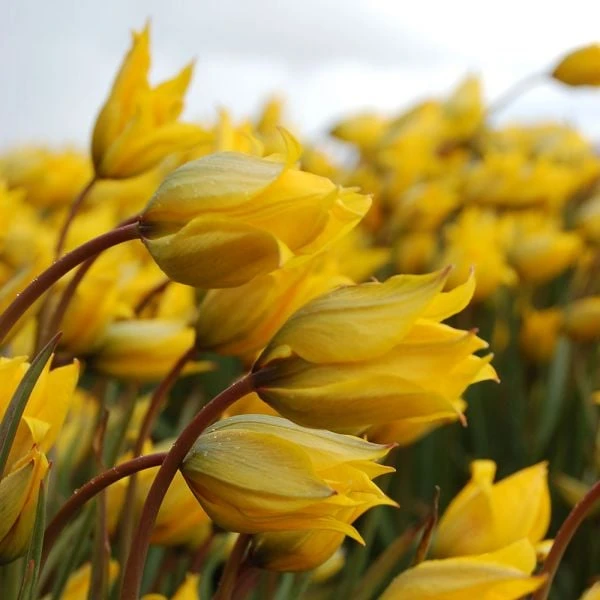


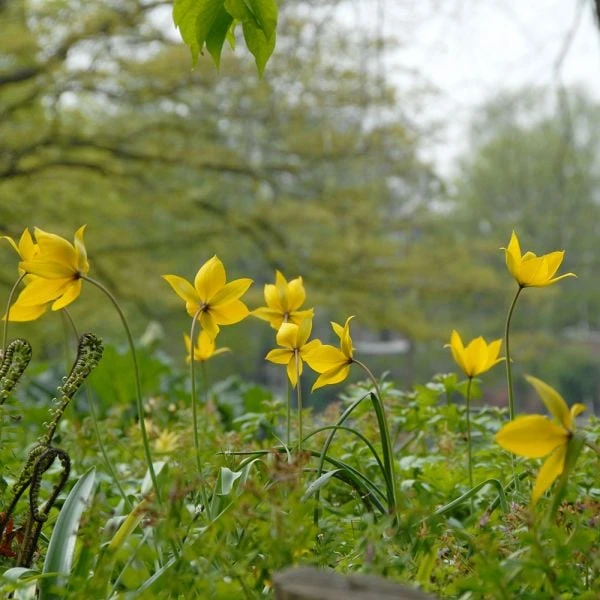
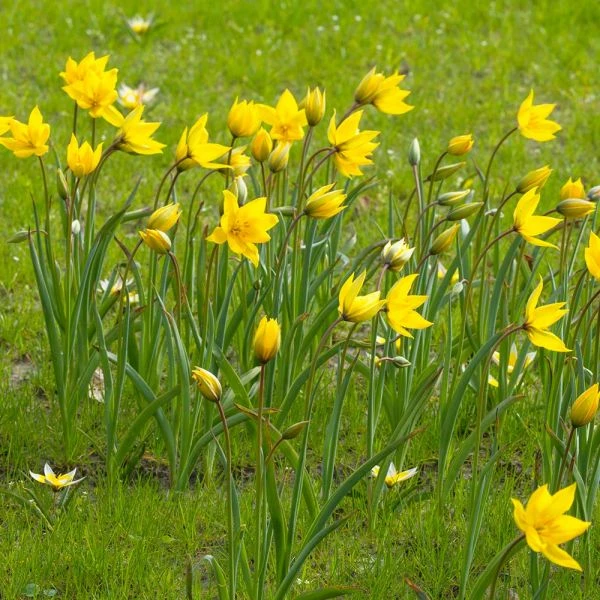
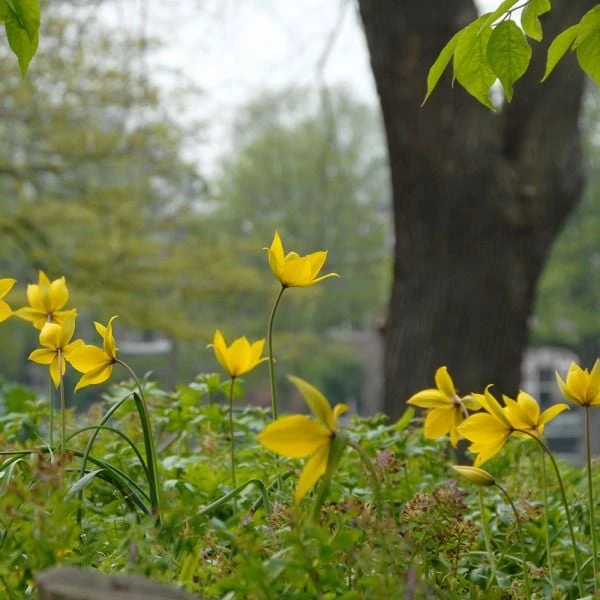
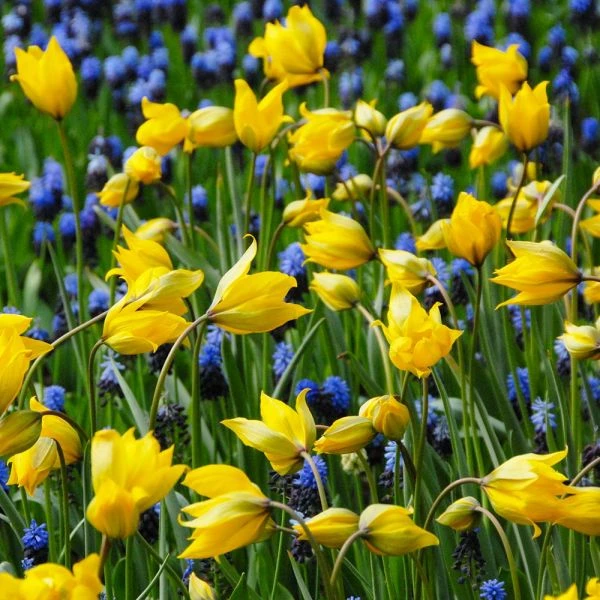

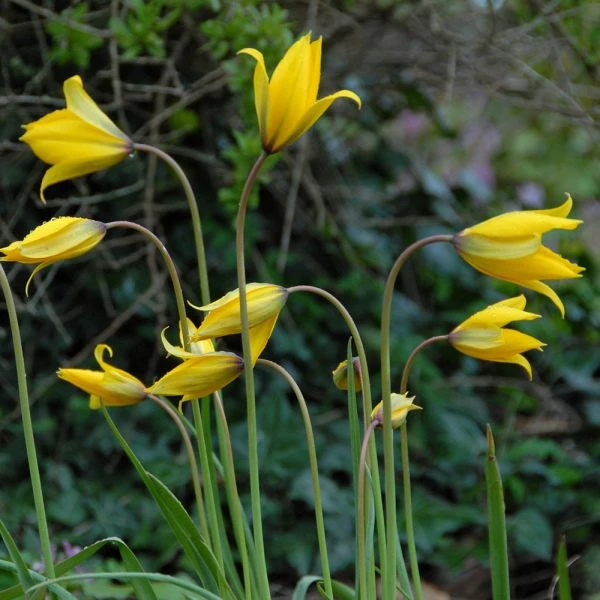
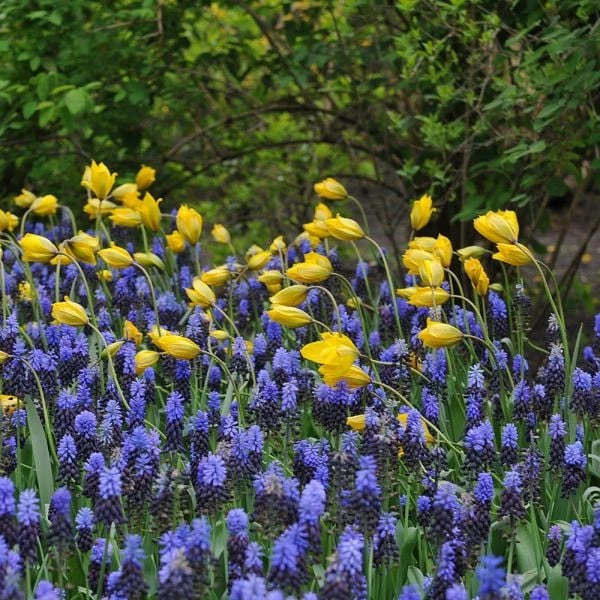


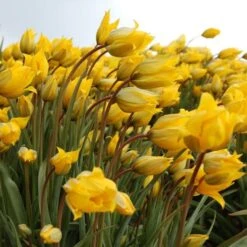

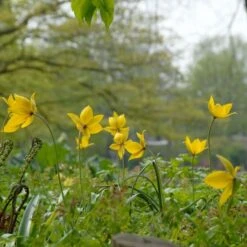
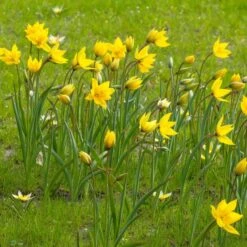

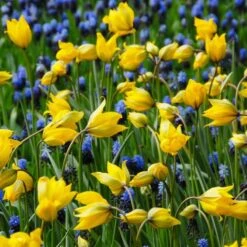
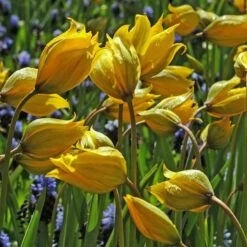
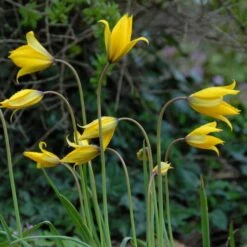

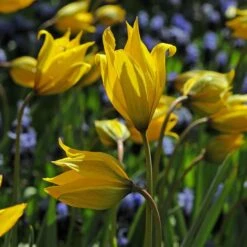



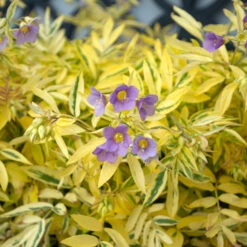
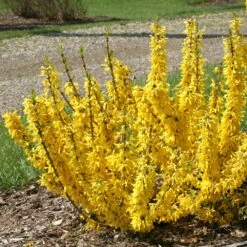
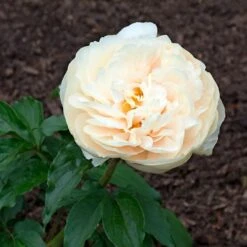

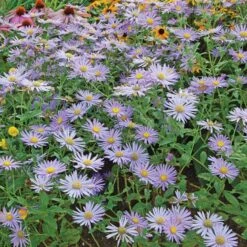

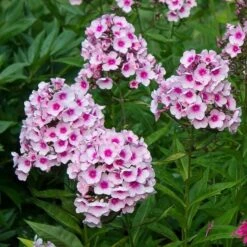

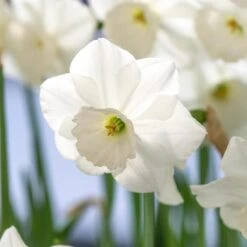
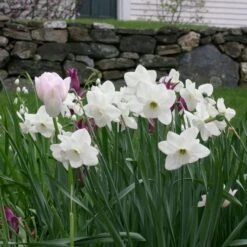
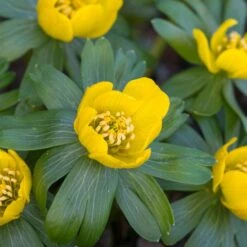
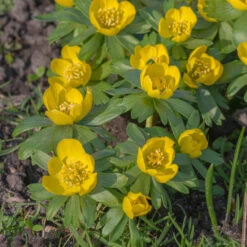
Reviews
There are no reviews yet.